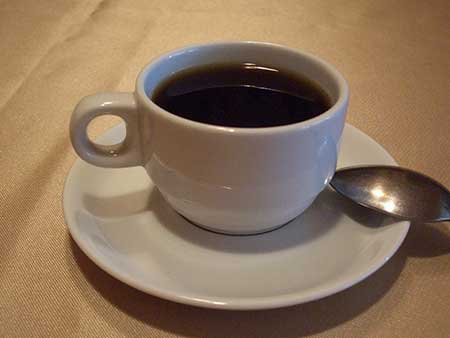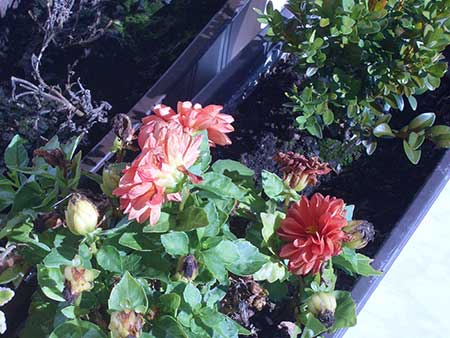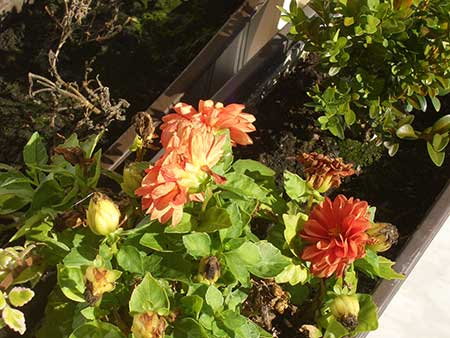You are here: Nature Science Photography – Lightness and color – The role of lighting quality
Regarding light temperature and color cast, the same rules apply in digital as in analog: You must adjust for deviations from the standard value. Some of you may now dismiss this and reply pointedly, „It’s personally uninteresting! In camera, I save RAW and adjust the color mood when converting.“ Good for you, but not everyone has RAW mode available. For those who do not have access to RAW mode, we are addressing white balance here.
The digital process offers an impressive advantage in that it allows us to adjust the sensor to the characteristics of the light source, thereby preventing color casts from the outset. Much like we could tell a daylight film, „You’re now matched to tungsten light!“ Depending on the price range of the model, we can use either fully automatic, semi-automatic or manual white balance to adjust the shooting characteristics of the digital camera to the prevailing lighting situation.
Fully automatic white balance allows the camera to independently identify the brightest area in the subject, typically white, set the measured color value to white, and adjust all other colors accordingly. In this way, you don’t have to worry about changing light conditions and can achieve good results in most cases. The only drawback is that if the subject is not nearly white, the autopilot gets confused. The autopilot then incorrectly sets the color to white, resulting in a noticeable color cast.
With semi-automatic white balance, you select a permanently stored lighting situation on your digital camera. Normally, your digital camera stores profiles for direct sunlight, cloudy skies, flash light, incandescent light, and halogen light. This approximation of the actual lighting situation is sufficient to handle those cases where the fully automatic white balance has problems. In addition to the situation outlined above, these include above all mixed-light situations. Interior shots of rooms with large windows and available light motifs are prime examples of situations where both natural and artificial light are present. Identifying the dominant mood of natural or artificial light and manually adjusting the white balance accordingly presents a challenge. Color bracketing can also be useful to control such mixed-light situations. With it, you can take several shots in succession with slightly different white balances, either manually or automatically controlled by the camera, and later select the image from the series that best captures the mood.
To achieve truly color-cast-free images, manual white balance adjusts the color balance to the actual lighting conditions. To execute this, capture a full-frame image of a white sheet of paper in the dominant lighting and instruct the camera in the Settings menu to utilize this image for white balance. This will map all color values correctly and make white 100% white, without the need for the subject to contain such a neutral color.
In conclusion, it’s not always desirable to completely correct a color cast to maintain the image’s mood. – We gratefully accept a slight warm cast, as we learned in the section „Our preference for warm colors„. In order to specifically evoke it, you should choose a cool blue rather than a neutral white surface for the white balance. Conversely, a warm red is necessary to achieve a super-cooled image effect. To make the results reproducible, you can use reference color cards.




Next Frequently requested – Stronger color saturation
Main Lightness and Color
Previous Analog temperature correction
If you found this post useful and want to support the continuation of my writing without intrusive advertising, please consider supporting. Your assistance goes towards helping make the content on this website even better. If you’d like to make a one-time ‘tip’ and buy me a coffee, I have a Ko-Fi page. Your support means a lot. Thank you!


 Since I started my first website in the year 2000, I’ve written and published ten books in the German language about photographing the amazing natural wonders of the American West, the details of our visual perception and its photography-related counterparts, and tried to shed some light on the immaterial concepts of quantum and chaos. Now all this material becomes freely accessible on this dedicated English website. I hope many of you find answers and inspiration there. My books are on
Since I started my first website in the year 2000, I’ve written and published ten books in the German language about photographing the amazing natural wonders of the American West, the details of our visual perception and its photography-related counterparts, and tried to shed some light on the immaterial concepts of quantum and chaos. Now all this material becomes freely accessible on this dedicated English website. I hope many of you find answers and inspiration there. My books are on